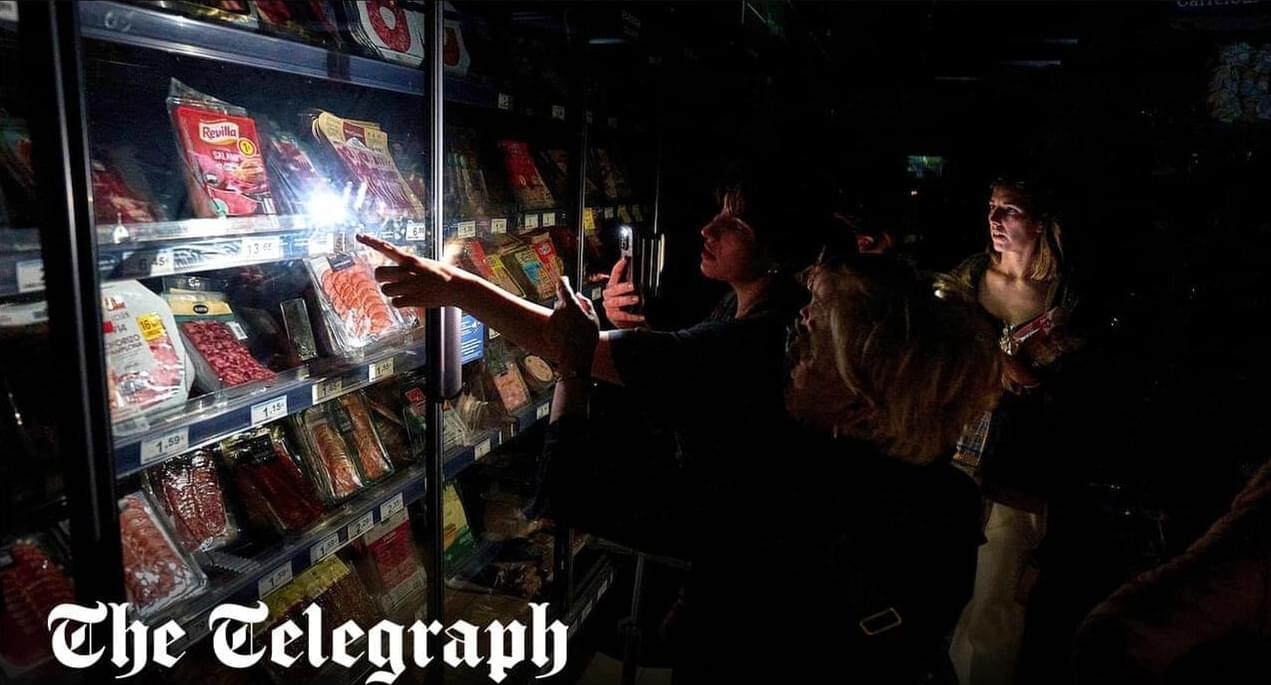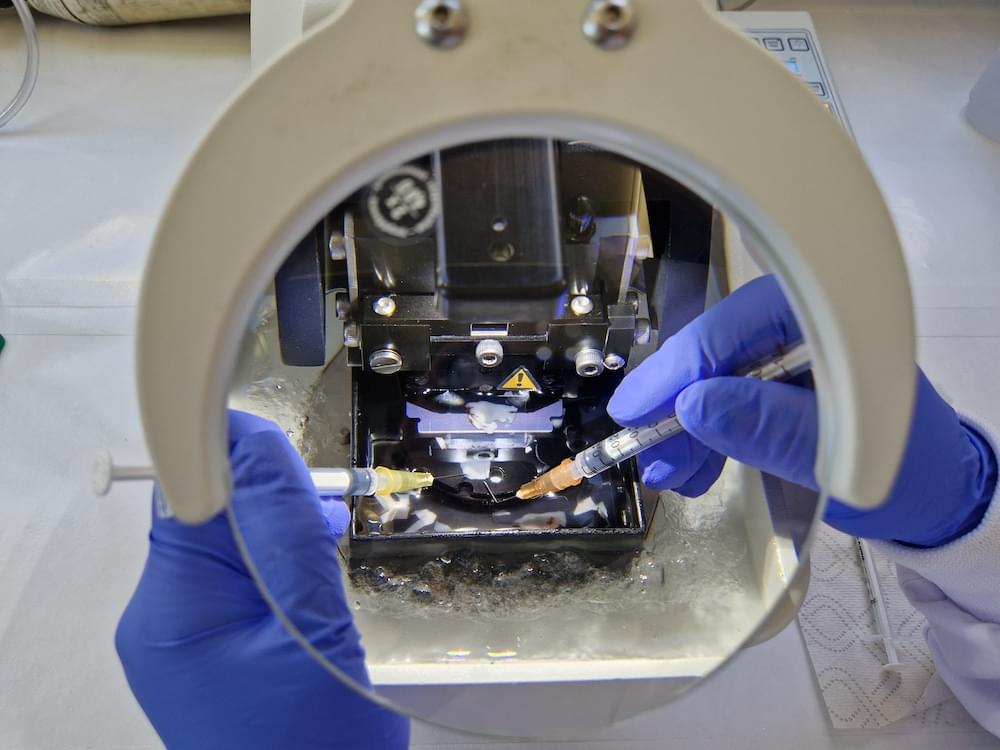The UK’s grid operator is investigating unexplained shifts in electricity frequency on Sunday



Power in Spain and Portugal has been mostly restored after a mass blackout paralysed most of the Iberian Peninsula.
Just over 92 per cent of Spain’s power is back, REE, the country’s electricity operator said early on Tuesday, and around 80 per cent of customers in Portugal are reported to have electricity.
Spain has declared a state of emergency in what is believed to be Europe’s largest power cut.

npj Metabolic Health and Disease –Zenodo https://zenodo.org/uploads/14687361 (2025).

Fish are masters of coordinated motion. Schools of fish have no leader, yet individuals manage to stay in formation, avoid collisions, and respond with liquid flexibility to changes in their environment. Reproducing this combination of robustness and flexibility has been a long-standing challenge for human-engineered systems like robots.


An international research team led by Professor Kiavash Movahedi from the Brussels Center for Immunology at the Vrije Universiteit Brussel has published unexpected results in the journal Immunity. Their study sheds new light on the possibility of effectively replacing defective microglia—the brain’s immune cells—marking a potential breakthrough in the treatment of neurodegenerative diseases such as Alzheimer’s and Parkinson’s.
Microglia are essential for healthy brain function. Defective microglia are increasingly linked to the development of neurodegenerative disorders.
“Microglia are unique,” says Prof. Movahedi. “They originate early in embryonic development and maintain themselves throughout life without being replaced by new cells from the blood. That makes them special, but also vulnerable.”

The Hopf whole-brain model, based on structural connectivity, overcomes limitations of traditional structural or functional connectivity-focused methods by incorporating heterogeneity parameters, quantifying dynamic brain characteristics in healthy and diseased states. Traditional parameter fitting techniques lack precision, restricting broader use. To address this, we validated parameter fitting methods using simulated networks and synthetic models, introducing improvements such as individual-specific initialization and optimized gradient descent, which reduced individual data loss. We also developed an approximate loss function and gradient adjustment mechanism, enhancing parameter fitting accuracy and stability.


An AI tool has made a step forward in translating the language proteins use to dictate whether they form sticky clumps similar to those linked to Alzheimer’s disease and around fifty other types of human disease. In a departure from typical “black-box” AI models, the new tool, CANYA, was designed to be able to explain its decisions, revealing the specific chemical patterns that drive or prevent harmful protein folding.
The discovery, published in the journal Science Advances, was possible thanks to the largest-ever dataset on protein aggregation created to date. The study gives new insights about the molecular mechanisms underpinning sticky proteins, which are linked to diseases affecting half a billion people worldwide.
Protein clumping, or amyloid aggregation, is a health hazard that disrupts normal cell function. When certain patches in proteins stick to each other, proteins grow into dense fibrous masses that have pathological consequences.